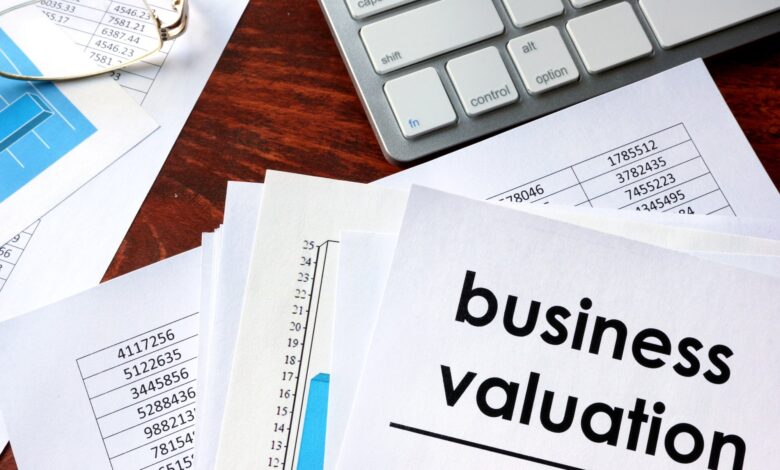What Is the Rule of Thumb For Business Valuation?

You may have heard “business valuation” a few times in your discussions with your accountant, legal advisor, and finance manager. But what is business valuation, and why is it becoming such a hot topic?
Business valuation is just another tool for measuring the success of your company. It measures how much your business is worth, how much it will sell for, or how much your business partner’s stake is worth. But what is the rule of thumb for business valuation?
Read on to learn more about business valuation and our guide to the rule of thumb for business valuation.
Income-Based Valuation
In terms of income-based valuation, the general guideline is to multiply the company’s annual income by a certain amount to arrive at its value. This multiple can vary depending on the industry and other factors such as growth potential and risk.
Business value is calculated by multiplying the annual expected income by a certain factor. This can vary based on industry and market conditions.
The goal of income-based valuation is to determine a fair market value for a business based on its potential for future profitability.
Asset-Based Valuation
The rule of thumb for business valuation with asset-based valuation is that a company’s worth is equal to the sum of its tangible assets minus its liabilities. This method looks at a company’s physical assets. This includes property, equipment, and inventory rather than its potential for future earnings.
This approach may provide a quick and easy estimate of a company’s value. However, it must be noted that it may not reflect its true worth. It should not be the sole determining factor in business appraisal.
To get a more accurate estimate, many businesses turn to expert business valuation services. These professionals use various methods to determine a business’s true value.
By utilizing expert business valuation, companies can make informed decisions about critical financial transactions.
Discounted Cash Flow (DCF) Analysis
This approach entails forecasting future cash flows and figuring out their present value using a selected discount rate. The rule of thumb is to use a discount rate that reflects the risk and return expectations of the industry in which the business operates.
The DCF analysis also considers factors such as growth rate, cost of capital, and terminal value to determine the fair value of a business. This method is widely used in the business world as it takes a holistic approach to valuing a business based on its future cash flow potential.
Understanding the Rule of Thumb Business for Valuation
Understanding the rule of thumb for business valuation is essential for any owner or investor. It provides a general guideline for determining the value of a company. It is crucial to use it in conjunction with other valuation methods.
Don’t hesitate to seek professional help to accurately assess the worth of your business. Make informed decisions and ensure the success of your business with the proper valuation tools. Take the first step and contact a business valuation expert today.




